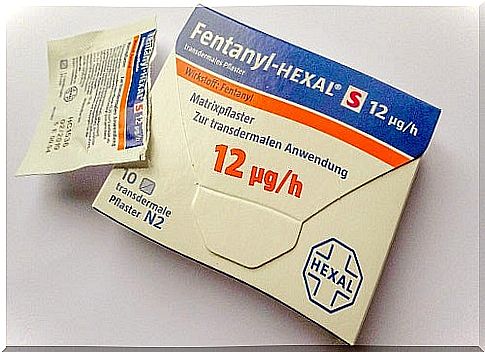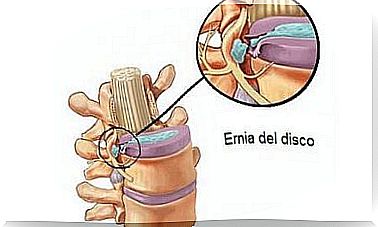Analgesic Drugs: Types And Mechanisms Of Action

According to the International Association for the Study of Pain (IASP), pain is an unpleasant and unexpected sensory and emotional experience. On the contrary, the Greek word “analgesia” etymologically means “insensitivity to pain”. It is precisely this is the function of analgesic drugs, to inhibit pain. In general, this is tissue damage, whether actual or potential.
The pain can be acute or chronic. This difference is due to the sensory and emotional experience that is caused in the organism. To counteract the resulting discomfort and discomfort, the doctor can prescribe various types of analgesic drugs .
Acute pain comes from a tissue injury and disappears when it is finally cured. This is the case with wounds due to surgery. On the other hand, it is difficult to find a specific tissue lesion that justifies chronic pain. The latter lasts over time without varying in intensity or frequency. Two examples of chronic pain are migraines or osteoarthritis.
The emotional component is different depending on the type of pain. In acute pain, irritability, anxiety, and anger are common. In the context of chronic pain, feelings more prone to depression are experienced. Fortunately, these emotional symptoms can be overcome with targeted treatment.
Primary analgesic drugs
Their main objective is to relieve pain and are useful for intervening on very different pathologies. In this category it is possible to identify three main main groups:
1. Pure analgesics – antipyretics

Analgesic drugs perform a large number of functions. The vast majority, in fact, also has an antipyretic (to control fever) and anti-inflammatory function. An example of a pure antipyretic analgesic is paracetamol. It doesn’t fight inflammation, but it counteracts fever and pain.
2. Analgesic-anti-inflammatory drugs (NSAIDs)
NSAIDs owe their function to the block they produce on the cyclooxygenase (COX) enzyme. They prevent COX from synthesizing certain substances related to the inflammatory process, blocking it. Examples of NSAIDs are acetylsalicylic acid (aspirin) or ibuprofen.
It should be remembered that there are different types of COX, each with its own function, and analgesic drugs that specifically block the different variants. These drugs are called selective COX inhibitors (selective iCOX). Some examples are celecoxib and rofecoxib.
3. Opioids
Opioid analgesic drugs activate opioid receptors. In general, when an opioid receptor is activated, it hinders nerve transmission. An activated opioid receptor decreases the transmission of pain to the nerves. There are different types of opioids based on their efficiency and characteristics. For example:
- Pure agonists: the most effective (morphine, codeine and methadone, for example).
- Partial agonists: slightly lighter (such as buprenorphine).
- Agonist-antagonists: activate only some opioid receptors and block others (pentazocine).
- Mixed agonists: for moderate pain and can perform other functions (tramadol).
Opioids often produce unwanted effects such as nausea, constipation or sleepiness.
Secondary analgesic drugs
The main goal of secondary pain relievers is not just to calm the pain. In fact, they were developed with the idea of solving other conditions. Their analgesic capacity, however, is evident. There are 5 types:
1. Antidepressants
As we have already explained, it is common to associate depressive symptoms with pain, especially if the latter is chronic. Antidepressants can be helpful in this regard. One of the most used is amitriptyline.
2. Anticonvulsants
Also known as antiepileptics, these drugs reduce and inhibit certain stages of nerve transmission. The pain decreases due to their intervention which practically blocks the communication to the brain. Carbamazepine and lamotrigine are the most prescribed.
3. Muscle relaxants
Such secondary analgesics can be especially useful in cases of severe muscle pain. If the pain is caused by a contracture, for example, the drug will promote relaxation of the affected part, solving the problem rather quickly.
Generally, they also help eliminate the cause, and not just the symptoms, of the pain. The most common are diazepam, gabapentin and topiramate.
4. Local anesthetics

Local anesthetics block nerve transmission in the area where they are applied. Therefore, if they are injected into the area where the pain originates, it will ease or disappear.
They can also be applied where the painful impulse passes to reach the higher nerve centers. In this way, the pain will be inhibited faster, at least in part. The local anesthetics used most often are lidocaine and pilocarpine.
5. Corticosteroids
They have a similar effect to NSAIDs in that they work by inhibiting or decreasing inflammation. By reducing this protective response put in place by the body, the pain can easily decrease. A commonly used corticosteroid is prednisone.









